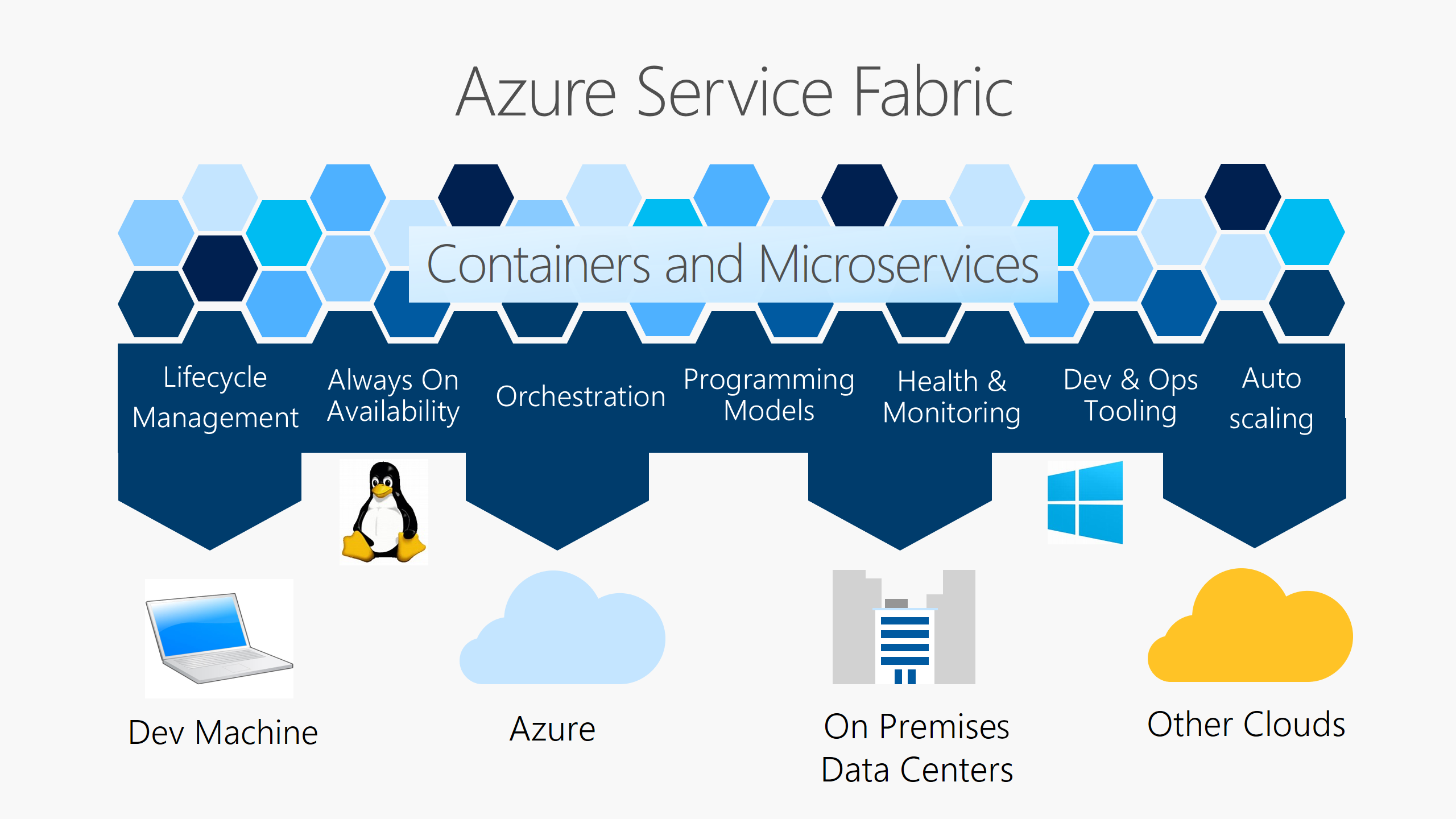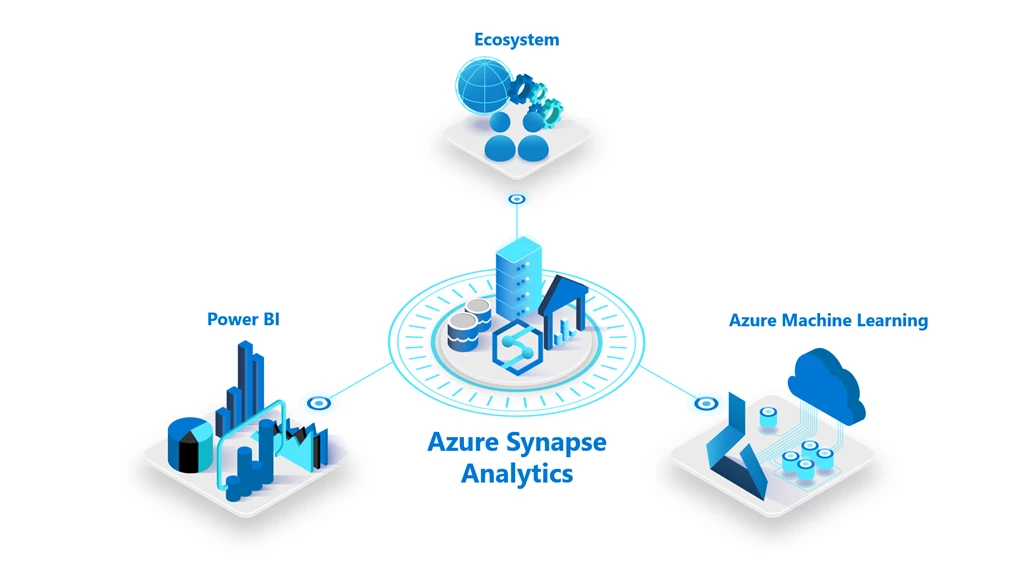How to Create a Virtual Machine?
Steps:
- Assign a name and location
- Assign virtual memory to the Virtual Machine
- Configure networking
- Connect to a virtual hard disk
- Define installation options for the operating system
Create a New Virtual Machine
To create a new virtual machine, click “New” which is under the “Actions” area, and select the “Virtual machine” option.
Then, New Machine Wizard, which will be our guide, appears with ‘Before you begin‘ section. You can click ‘Finish‘ to create a new virtual machine with default options or you can click ‘Next‘ to customize the options. We are clicking ‘Next‘ for see the options and understand them.
We can specify the name of our new virtual machine here. Name of my machine will be ‘New Test VM’. And we can change the storage location of your virtual machine by checking the box which says, ‘Store the virtual machine in a different location‘. I will continue with the default option which is: C:ProgramDataMicrosoftWindowsHyper-V
Then we should choose the generation of our virtual machine(VM). Once we create virtual machine, we cannot change its generation.
As you can see in the table below, Generation 2 does not support any 32-bit operating system.
| 64-Bit Versions |
Generation 1 |
Generation 2 |
| Windows Server 2012 R2 |
Yes |
Yes |
| Windows Server 2012 |
Yes |
Yes |
| Windows Server 2008 R2 |
Yes |
No |
| Windows Server 2008 |
Yes |
No |
| Windows 10 |
Yes |
Yes |
| Windows 8.1 |
Yes |
Yes |
| Windows 8 |
Yes |
Yes |
| Windows 7 |
Yes |
No |
|
32-Bit Versions |
Generation 1 |
Generation 2 |
|
Windows 10 |
Yes |
No |
|
Windows 8.1 |
Yes |
No |
|
Windows 8 |
Yes |
No |
|
Windows 7 |
Yes |
No |
After we decide the generation, we have to assign memory to our virtual machine. It can be assigned between 32 MB and 125829 MB. It is okay if you do not know how much virtual memory it should be assigned. Application member recommends an approximate amount of memory, but it is better to allocate a little bit more memory than recommended. The memory can be static or dynamic. If we choose to use dynamic memory, it starts from the ‘Startup memory’ and expands dynamically when needed. There are some operation system and application requirements to use dynamic memory. It would be better to read about it before you click the checkbox. I prefer to use dynamic memory, so I click the checkbox then I click Next.
Then, we should configure virtual networking for connect it to network. Usually, it would be a virtual switch which has physical connection to the internet and is shared between the virtual machines. One option is ‘not connected‘ means not connected to any kind of network. The other option is; connect to default virtual switch. This virtual switch was created when Hyper-V Server was enabled. We will talk about the configuring virtual networking more detailed in another article. For now, select the default switch and click Next.
Then, we will connect a virtual hard disk to our new virtual machine. It provides us storage to operating system that we will install. We have three options; we can create a new virtual hard disk, we can use an existing virtual hard disk if we have, or we can postpone virtual disk attachment. We will create a new virtual hard disk. We can rename it from the first blank, its default name is our virtual machine’s name plus the “.vhdx” extension. Vhdx is the new virtual hard disk format. From the second blank, we can change its storage location which is C:UsersPublicDocumentsHyper-VVirtual Hard Disks by default. And we can assign a size of that hard disk. It is 127 GB by default but as it is mentioned above, it will be dynamically expanding. So, the virtual hard disk starts very small, and after we install an operating system, it will able to expand until it will reach 127 GB. We can take the default option and click Next.
Then, the Wizard presents us the installation options of operating system(OS). The first option is postponing it to another time. The second option is installing media for an OS. It can be done by using a physical CD/DVD drive, which would be on the Hyper-V Server, and then inserting a DVD. Or if an ISO (disc image file) is already downloaded, and there is no DVD, select “Image file(.iso)” and click “Browse” for upload the file that it is going to be booted from this new virtual machine. Or it can be booted from a bootable floppy disk. The last option is installing an OS from a network-based installation server. It is useful when we want to install it automated and remotely like PXE boot. I will give details about PXE Booting in another article, so let’s focus on creating a virtual machine. I am choosing the first option and click Next.
And finally, the completing page appears to show us the summarization of our choices about the new virtual machine. Everything looks okay, so I click “Finish” and my new virtual machine “New Test VM” will be created.
Our first Virtual Machine appears in “Virtual Machines” area.
That is all for now. I hope it would help you. See you on another article.





